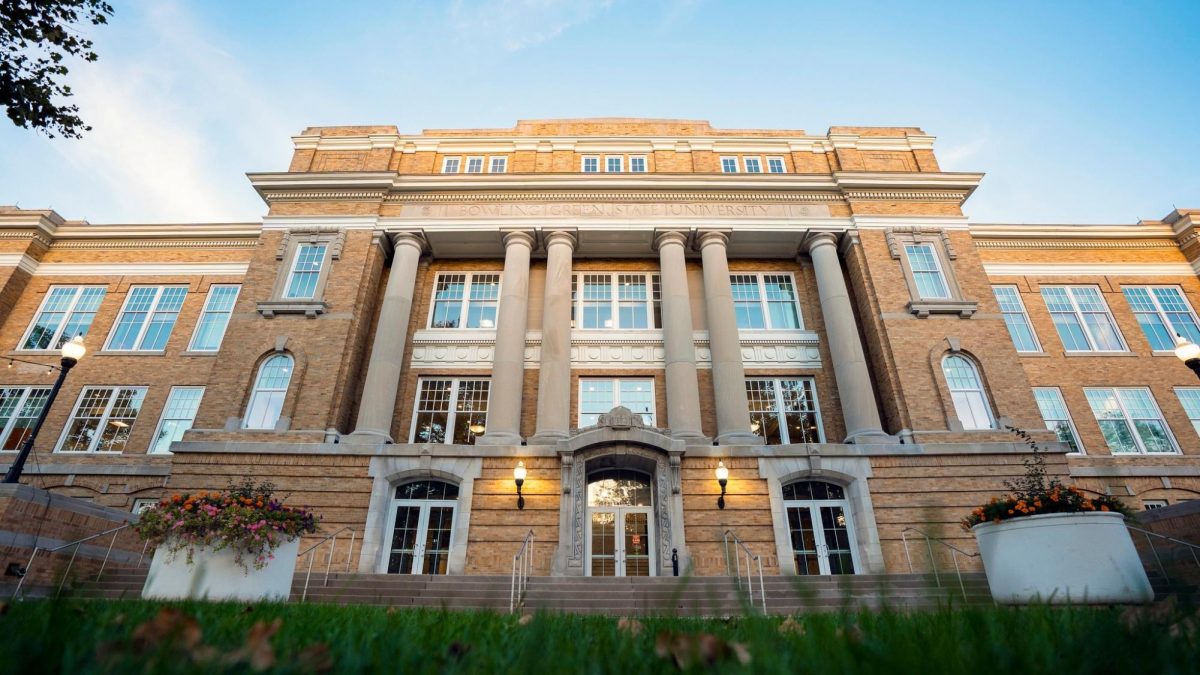Green fees are gaining popularity at universities across the country and several students have helped the University create its own green fee.
The proposal for a student green fee was developed last year by three undergraduate students; Daniel Jacoby, Jon Dinan and Jazmine Bennett. The board of trustees passed the proposal this past June.
Jacoby was on the board of trustees at the time when Bennett, a member of the Environmental Action Group, came to him looking for ways to do more ‘proactive, environmentally friendly’ things on campus, with the idea of instituting a green fee. The group then came together to develop a proposal, each having a significant role in the process.
‘Jon did most of the work on the USG legislation, he wrote the resolution and got it passed in USG,’ Jacoby said. ‘Jazmine brought her knowledge of the whole subject and other institutions, Dr. [Nicholas] Hennessy kept it all organized and kept us on task and I did a lot of the writing.’
Nicholas Hennessy, the University’s Sustainability Coordinator, deflects all the credit to the three students.
‘I kind of stepped in as their advisor to coordinate their meetings, suggest agenda items that they should talk about during the meetings, and help troubleshoot through issues they may have,’ Hennessy said. ‘I won’t take any credit for generating the initial proposal.’
Bryan Benner, associate vice president for the Administration, helped the group through the administrative process and final implementation of the fee. The $5 fee will be implemented in the spring semester of 2010, Benner said.
‘It will show up right on their tuition bills,’ Benner said. ‘It will be an opt-out fee, just like the [student] legal fee, where they’ll have the option to participate in the fee.’
After reviewing student response from other universities with similar fees, the group expects that a majority of students will participate.
‘Other institutions found between 70 to 80 percent student support,’ Jacoby said. ‘So we made an estimate at 70 percent student support at five dollars, which would be somewhere around $66,000 a semester given last semester’s enrollment, if that were to continue.’
A committee will be created to control the money that is generated from the green fee.
‘The way we have the group designed is three undergraduate students, one graduate student, a faculty member and a staff member,’ Jacoby said. ‘So I wanted it student-heavy so that students could have the most influence on it because it’s their money.’
This committee will create a great educational opportunity, allowing students to get involved and help the University develop more green, sustainable policies, Benner said.
Jacoby expects that students will want to be involved in the decision process, should they choose to pay the five-dollar fee.
‘This is a position where students will be controlling resources,’ Jacoby said. ‘Students will actually want to be involved in this because they can decide where the money goes and it will be an empowering experience.’













